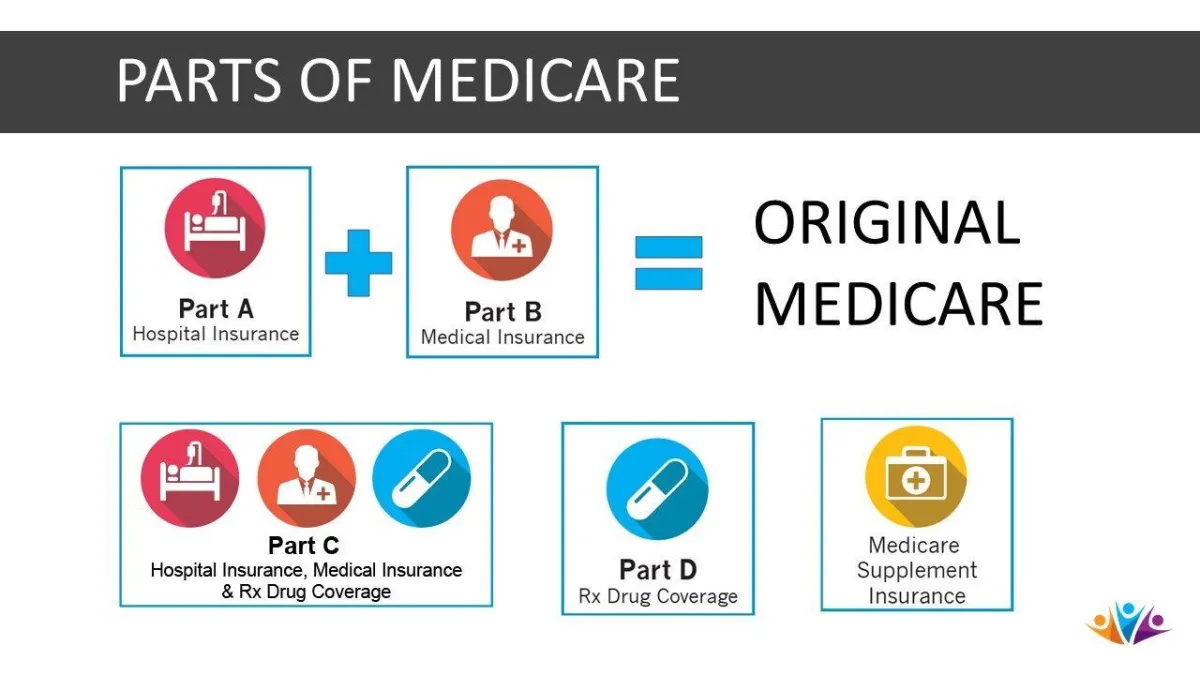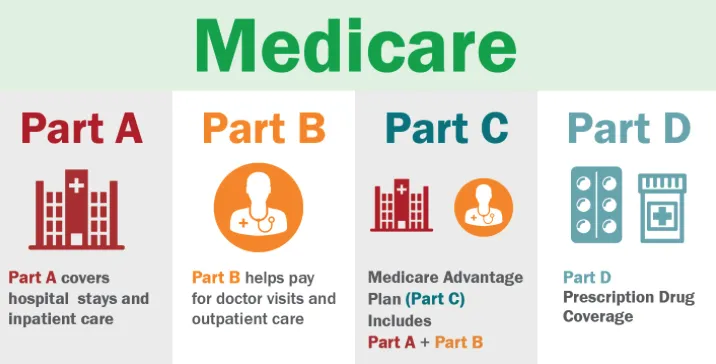
Enroll at 65 to Avoid Medicare Late Penalties
Enroll at 65 to Avoid Medicare Late Penalties
Key Takeaways
Medicare late enrollment penalties are applied to Part A , Part B and Part D .
To avoid Part A and Part B penalties, you must sign up when you turn 65.
The Part D penalty is applied when you go more than 63 days without prescription drug coverage.
The part B late enrollment penalty is a lifetime penalty that is paid as long as you’re on Medicare.
The Part D late enrollment penalty is a lifetime penalty you’ll pay as long as you have a plan that covers your prescription drug costs.
The longer you delay enrollment in Part A, the longer you’ll pay a late enrollment penalty.
If you had other coverage, you may be able to delay enrollment without penalty.
For most, Medicare is broken into three main parts: Part A (hospital coverage), Part B (medical coverage) and Part D (prescription drug coverage). To encourage enrollment in these programs, Medicare has instituted late enrollment penalties that are long-lasting and increase with time. There are cases, though, when you can delay enrollment without penalty.
Here’s a breakdown of Medicare’s late enrollment penalties, and when you can avoid them:

How Do Medicare Late Enrollment Penalties Work?
Medicare has late enrollment penalties in place for its three main parts:
Medicare Part A
Medicare Part B
Medicare Prescription Drug Plan (Part D)
If you don’t enroll in Medicare in time and don’t have other coverage, you may accrue late enrollment penalties for each part.
Even worse, you’re not just hit with a one-time fee. Instead, Medicare’s late enrollment penalties increase over time and can last as long as you’re enrolled. The longer you wait to sign up, the costlier your penalties will be.
What Is the Medicare Part A Late Enrollment Penalty?
The rule: For every year you weren’t enrolled in Part A, you’ll pay a 10% penalty for two years.
If you worked 10 or more years, you probably won’t have a Part A premium to pay each month. If you qualify for no-cost Part A coverage and miss your enrollment, you won’t be charged a late enrollment penalty when you enroll.
If you worked between 7.5 and 10 years, you pay a $278 Part A monthly premium in 2024; those who worked less than 7.5 years pay $505 per month.
An Example of a Part A Late Enrollment Penalty
If you worked for eight years and signed up for Part A three years late, you’ll pay:
Part A premium: $278 per month.
10% penalty: $27.80 per month.
Part A premium amount with penalty: $305.80 for six years.
The Part A Late Enrollment Penalty will be tacked onto your premium for six years because you signed up three years late. When the six years is over, your Part A premium will drop back to the regular amount.

What Is the Medicare Part B Late Enrollment Penalty?
The rule: You’re assessed a 10% penalty for every year you didn’t sign up after becoming eligible. You’ll continue to pay this late enrollment penalty for as long as you have Part B.
Unlike Part A, all Medicare beneficiaries have a monthly premium payment for Part B coverage. The premium amount for Part B, which covers medical expenses, is income-based; individuals making $103,000 or less annually pay the standard premium payment of $174.70 in 2024. Those with the highest incomes may pay as much as $594 each month.
An Example of a Part B Late Enrollment Penalty
Let’s say you’re single and make $80,000 per year. Let’s also say you didn’t enroll in Medicare Part B until three years after you became eligible. In this case, you’ll pay:
Medicare Part B Premium in 2024: $174.70 per month
30% late enrollment penalty (3 years late at 10% each): $52.41 monthly
Part B premium amount with penalty: $227.11 per month.
Remember, the Part B late enrollment penalty is a lifetime penalty, so you’ll pay the extra $52.41 per month as long as you’re enrolled in your Part B plan. If you’re in the higher income brackets, missing your Part B enrollment could mean you’re stuck paying hundreds, or more, in enrollment penalties each year.
What Is the Medicare Part D Late Enrollment Penalty?
The rule: You’ll pay an extra 1% of the average Part D premium for each month you don’t enroll and don’t have creditable coverage.
Medicare Part D covers prescription drugs and has its own monthly premium. And like Part B, your Medicare Part D cost is partly based on your income. But Part D doesn’t have a standard charge. Instead, you’ll pay an Income-Related Monthly Adjustment Amount (IRMAA) if you make more than $103,000 per year. These range from $12.90 to $81 per month (in 2024).
Because there’s not a standard payment amount, the Medicare Part D penalty is calculated using a figure called the base beneficiary premium, which is determined based on the national average for Part D premiums. The 2024 base beneficiary premium is 34.70.
Medicare multiplies 1% of the national base beneficiary premium by the number of full months when you had no creditable coverage. That amount is rounded to the nearest $.10 and added to your monthly Part D premium.

I Have Health Insurance — Can I Delay Enrollment and Avoid a Penalty?
You can delay enrolling in Medicare and avoid late enrollment penalties if you have other creditable coverage.
Parts A and B
This usually includes active employment group coverage through your or your spouse’s job-based plan. Once that coverage ends, an eight-month special enrollment period begins. This allows you to enroll in Medicare Parts A, B and D without penalty.
Aside from job-based group plans, creditable coverage can also include Marketplace plans. While you’re encouraged to enroll in Medicare when you turn 65, a Marketplace plan may be cheaper if you haven’t yet worked long enough to qualify for premium-free Part A. If you decide to enroll in Medicare Parts A and B later, you won’t be penalized.
Part D
While you can delay enrolling in Medicare Prescription Drug Plan (Part D) if you have other coverage, your window to find new coverage before getting hit with a late penalty is much smaller. If you go 63 days without creditable drug coverage, your late enrollment clock starts ticking. Remember, you’ll accrue a 1% penalty for each month you don’t have coverage after those 63 days.
Sources
Enrolling in Medicare Part A & Part B . Medicare.gov.
3 ways to avoid the Part D late enrollment penalty. Medicare.gov.
This website is operated by DereneDerricotte, LLC., a licensed health insurance company. The website and its contents are for informational and educational purposes; helping people understand Medicare in a simple way. The purpose of this website is the solicitation of insurance. Contact will be made by a licensed insurance agent/producer or insurance company. Medicare Supplement insurance plans are not connected with or endorsed by the U.S. government or the federal Medicare program. Our mission is to help every American get better health insurance and save money.
Any information we provide is limited to those plans we do offer in your area. Please contact Medicare.gov or 1-800-MEDICARE to get information on all of your options.

